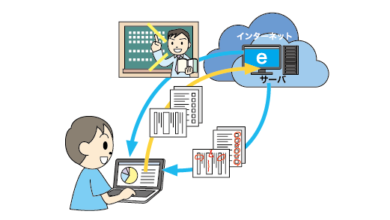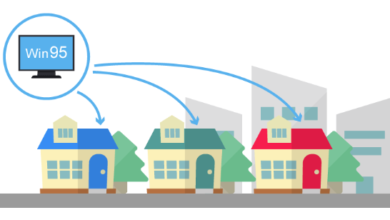What is the difference between ketogenic and carbohydrate restriction, which we hear about so often these days?

The ketogenic diet is a diet that depletes glucose, which is normally used as an energy source, and increases ketone bodies (an energy source produced from fatty acids when fat in the body is burned). If done well, it can burn fat efficiently, but it requires careful attention to your physical condition. We will explain how to do the ketogenic diet and what to look out for when doing it.
What is the Ketogenic Diet?
Under normal circumstances, glucose is consumed as a fuel source to generate energy for the brain, but glucose can become depleted due to the aging process, certain diseases, or starvation, making it unavailable as an energy source.
Looking back at the history of humankind, we have not been able to eat whenever we want like we can today, and there have been times when we have experienced long periods of starvation. In such cases, the body has a mechanism to produce a substance called “ketone bodies” from stored fat in the liver and use it as an energy source in each cell.
Ketone bodies are a collective term for acetoacetate, β-hydroxybutyrate, and acetone, and are used as an energy source not only by the brain but also by organs other than the liver, such as muscles and the heart. *1
The ketogenic diet is a diet method that takes advantage of this bodily mechanism. It is believed that by severely restricting carbohydrates and producing ketone bodies from fat, it is possible to efficiently reduce body fat.
The specific method of the ketogenic diet is to reduce carbohydrate intake to less than 50g per day. It is recommended to consume 2 cups of vegetables twice a day in the form of soup, grilled, fried, or cold dishes. The benefits of eating vegetables include low energy, dietary fiber that keeps you feeling full, and suppressing insulin secretion.
The state in which ketone bodies are increased in the blood is called “ketosis.” Ketosis is thought to have various health benefits, and is useful not only for dieting but also for improving endurance and mental stability. *2 For more information on ketone
The difference between low-carb and ketogenic diets
Carbohydrate restriction and ketogenic diets have in common that they mainly restrict carbohydrates. However, while carbohydrate restriction focuses on limiting carbohydrate intake, the ketogenic diet is different in that it is a diet method that uses ketone bodies as an energy source by eating a low-carbohydrate, high-fat diet.
In general, it is recommended that nutritional balance be 50-65% carbohydrates, 13-20% protein, and the rest fat. The ketogenic diet is strict, aiming to limit carbohydrates to 50g or less and about 10% of the intake energy.
The ketogenic diet, which uses ketone bodies as an energy source, may seem revolutionary at first glance. However, every diet has its pros and cons, and there are also some things to be aware of.
<Points to note about the ketogenic diet>
・Body odor may become stronger
・Ingredients are very restricted
・It may be harmful to your health
Ketogenic dieting is a dieting method that restricts carbohydrate intake more strictly than carbohydrate restriction, and involves eating a diet that is heavily biased towards fats. The production of ketone bodies in the body means that the body is in an emergency. The increased amount of ketone bodies in the body can cause the blood to become acidic, leading to symptoms of autointoxication such as nausea and fatigue. It is important to pay special attention to the state of your body when following a ketogenic diet. *3*4



